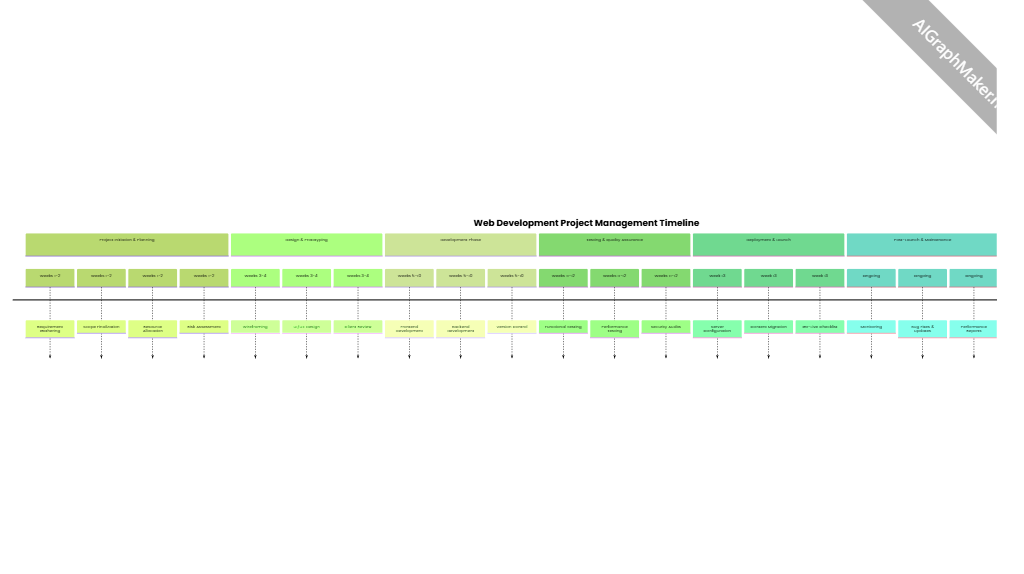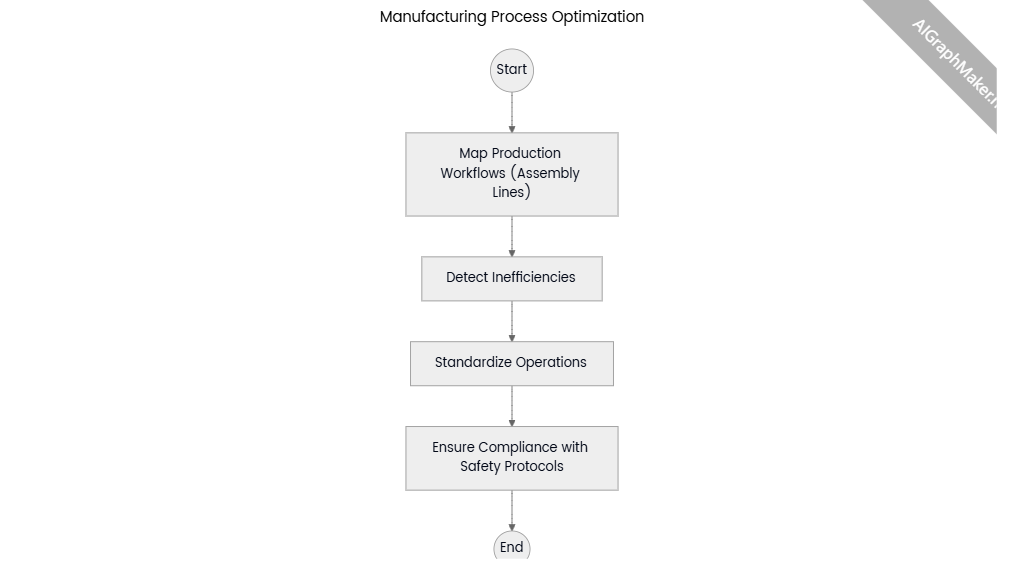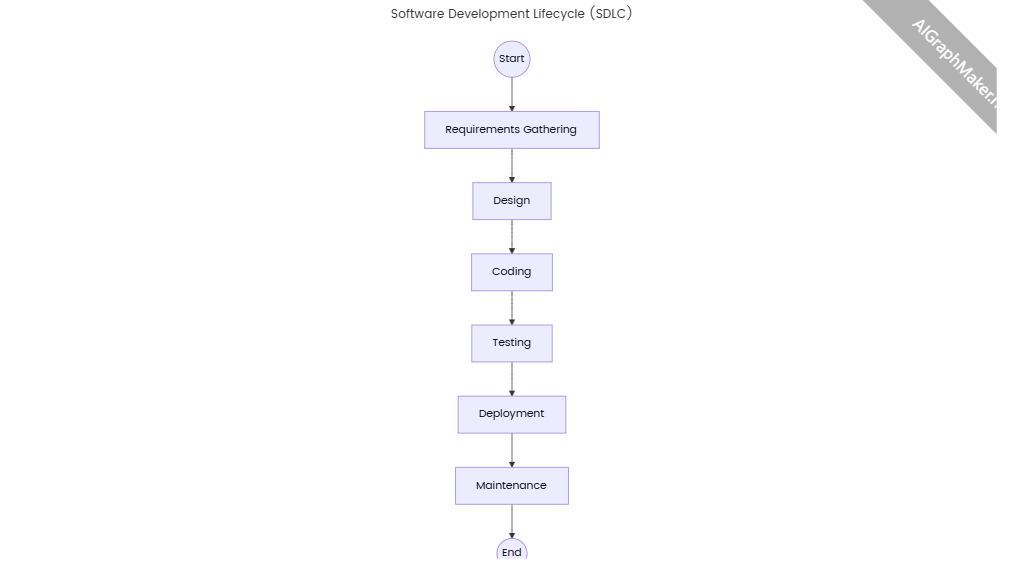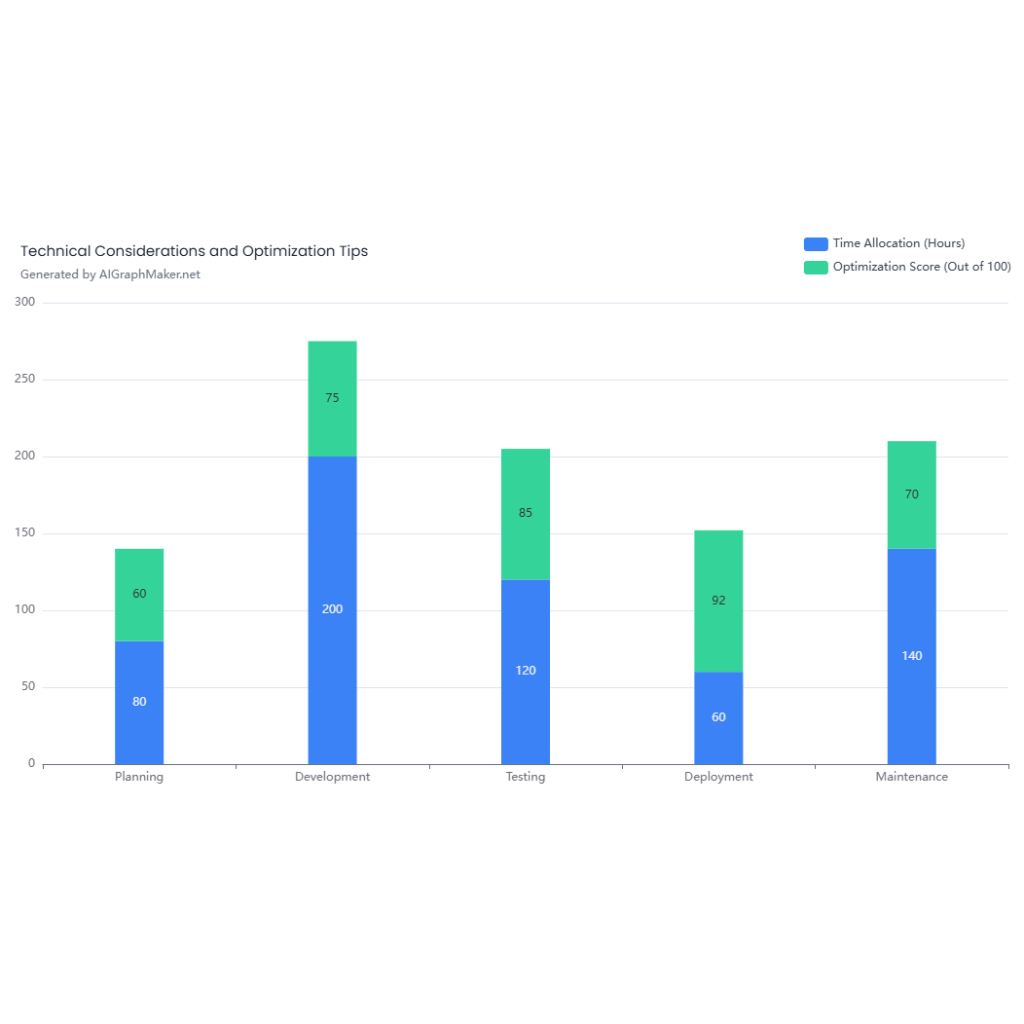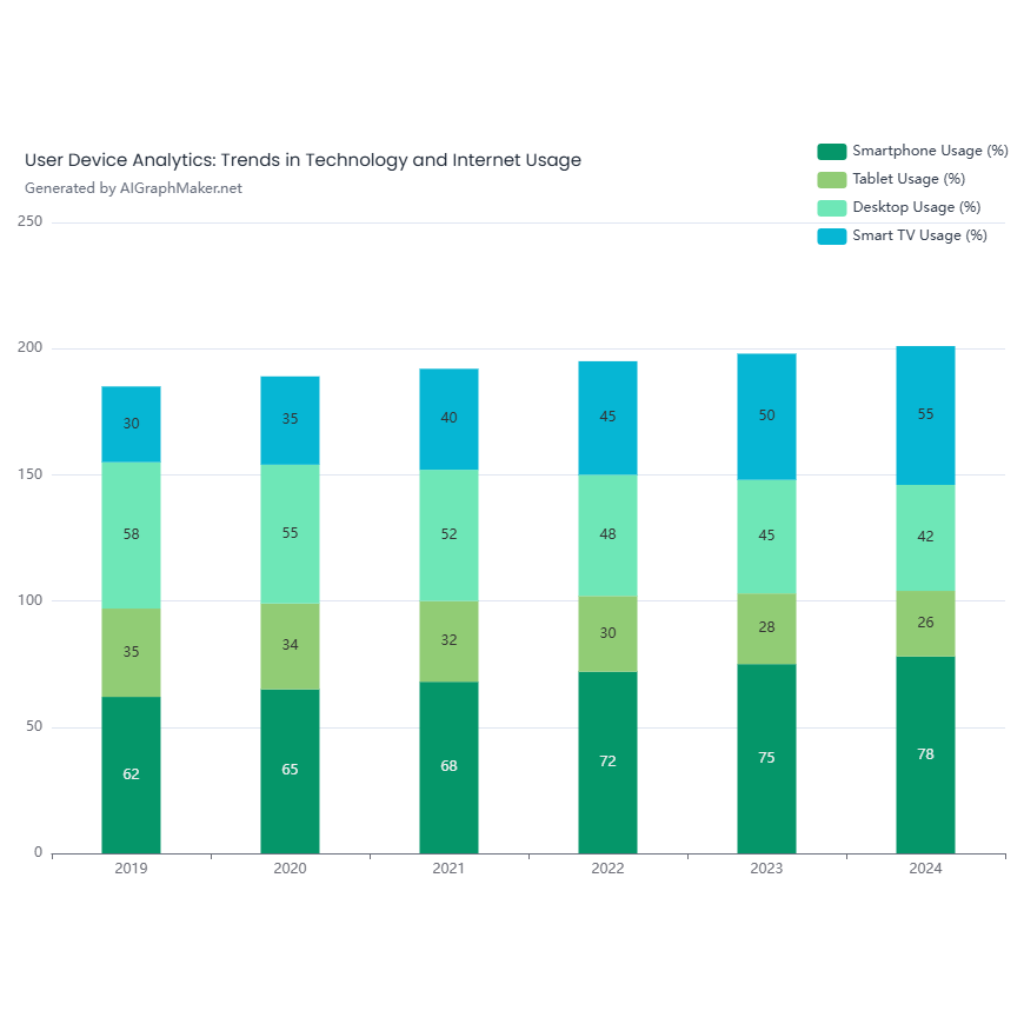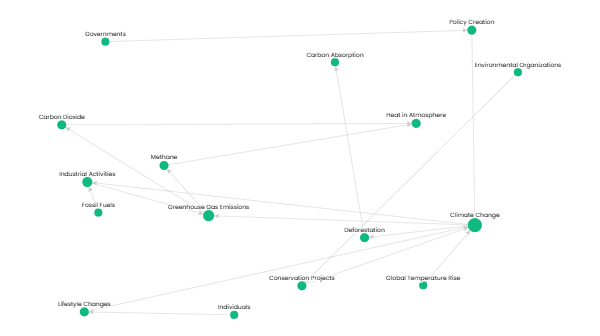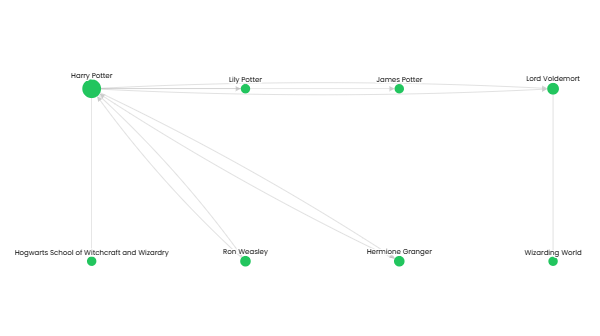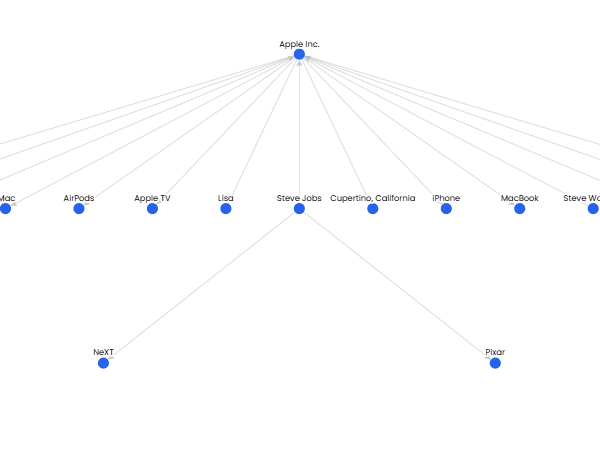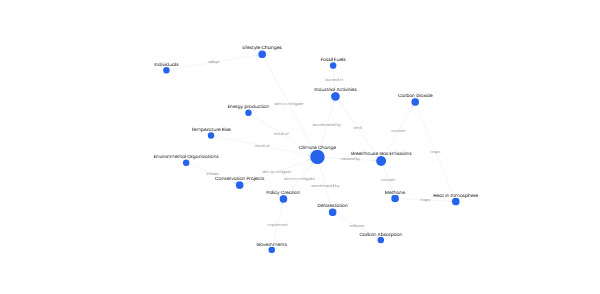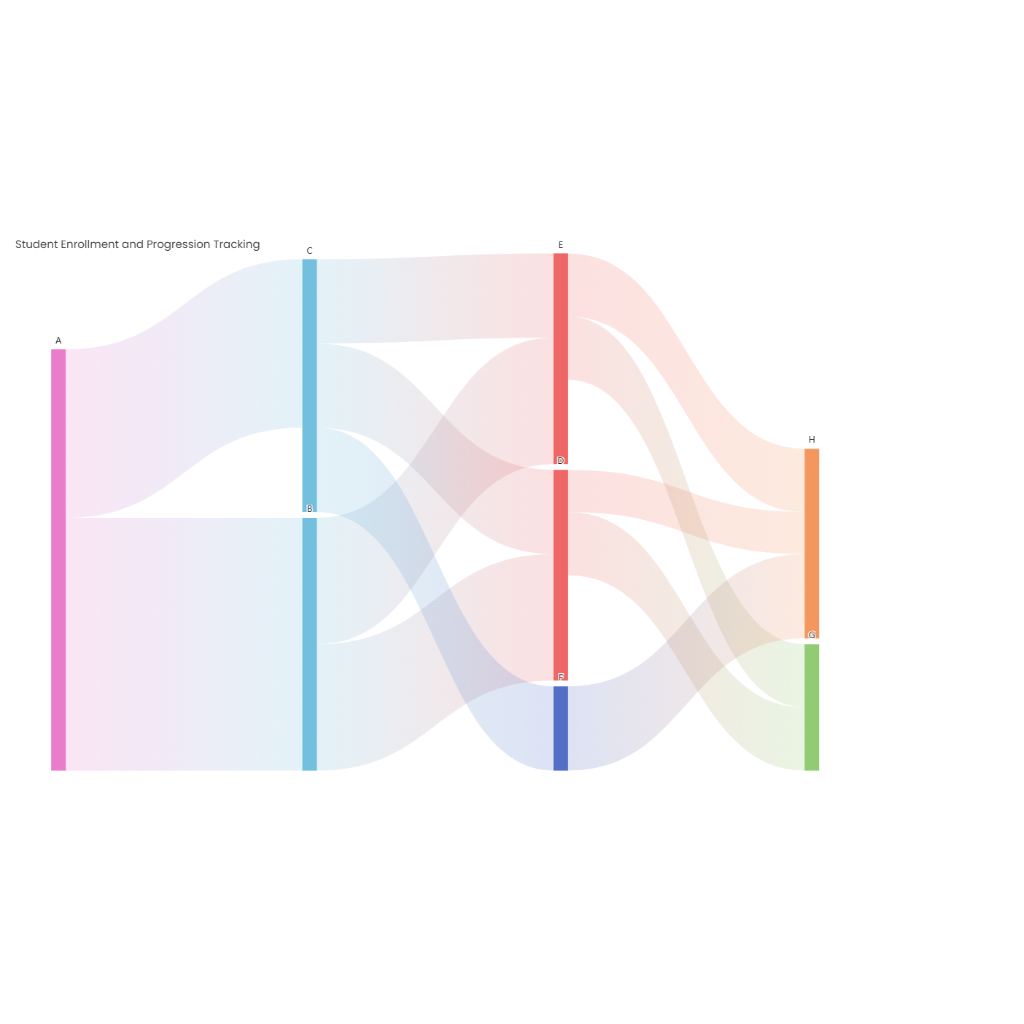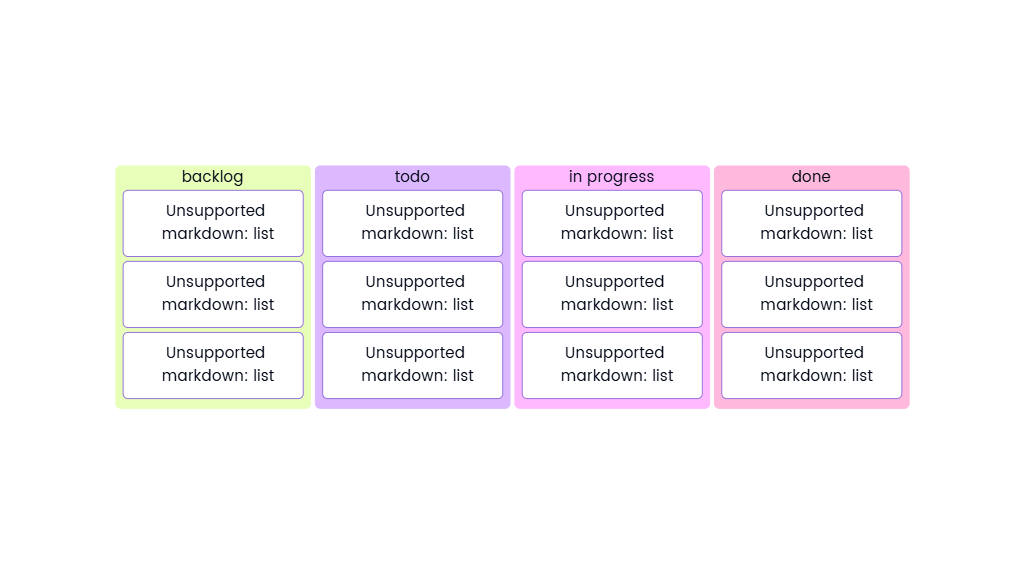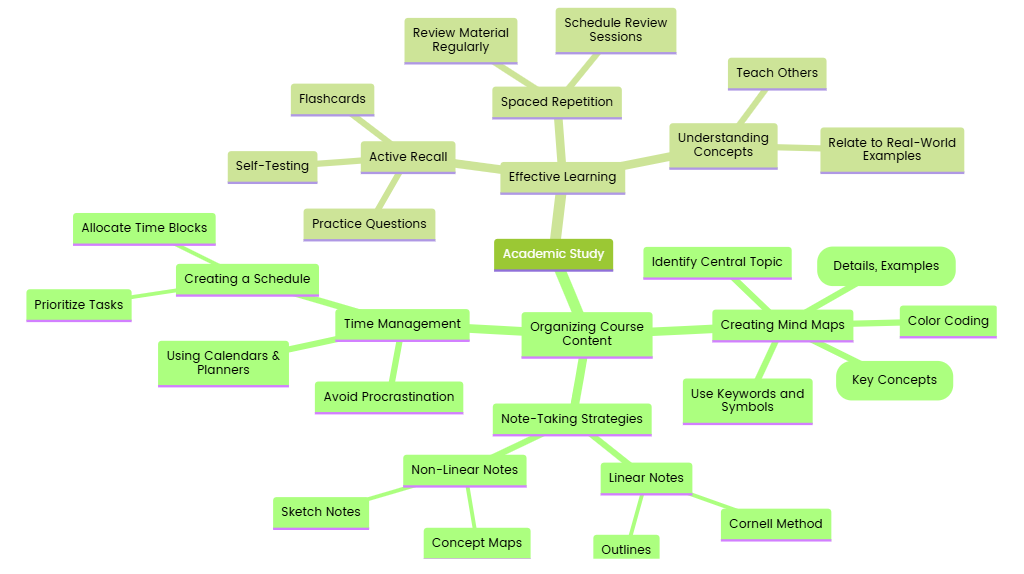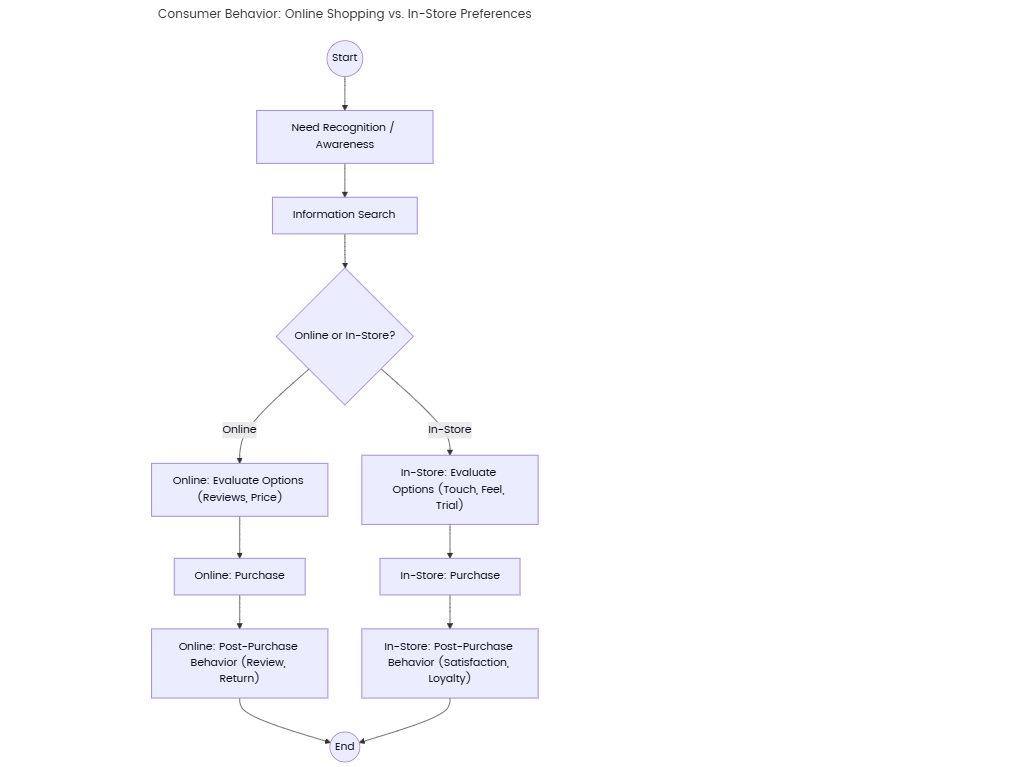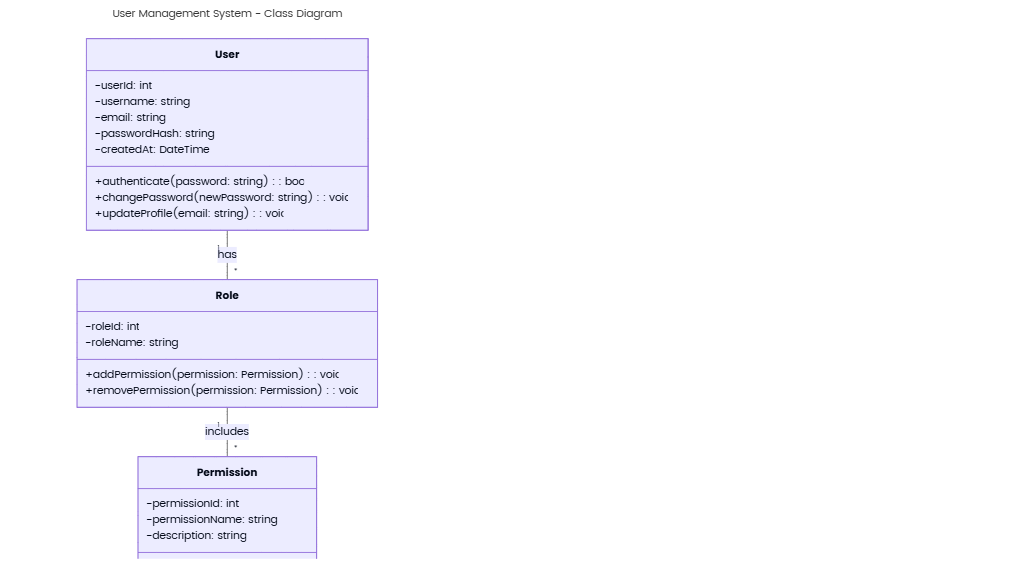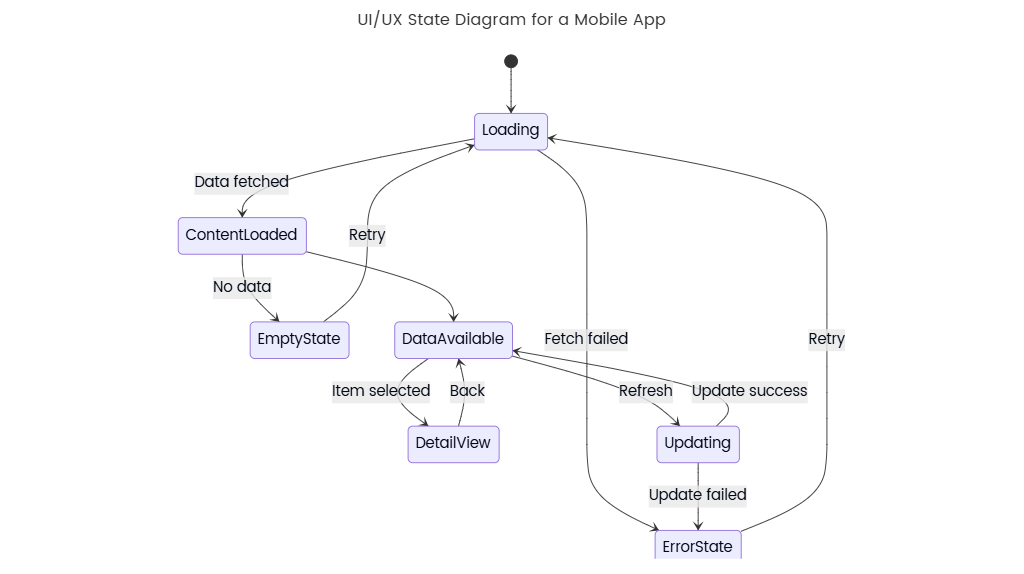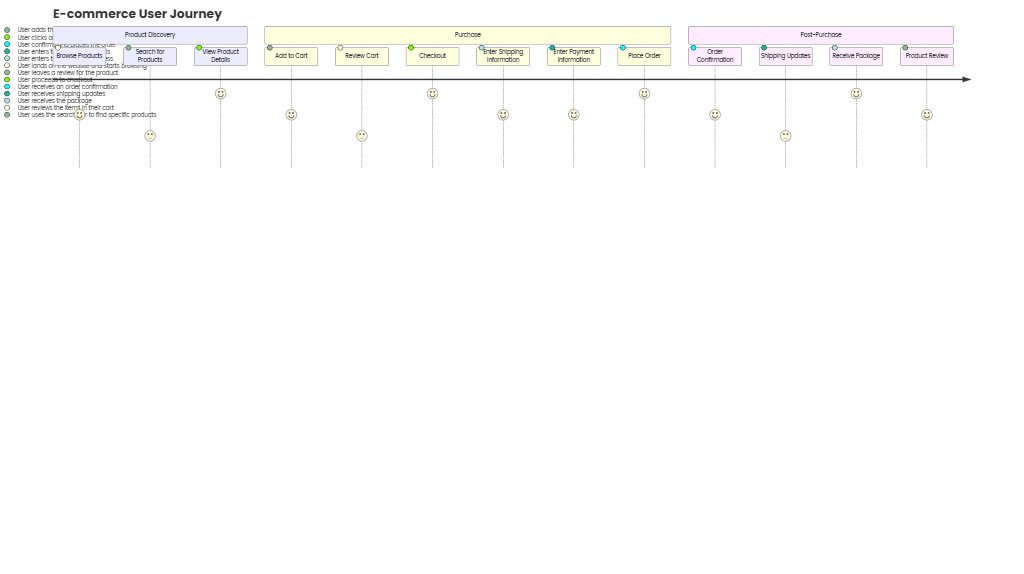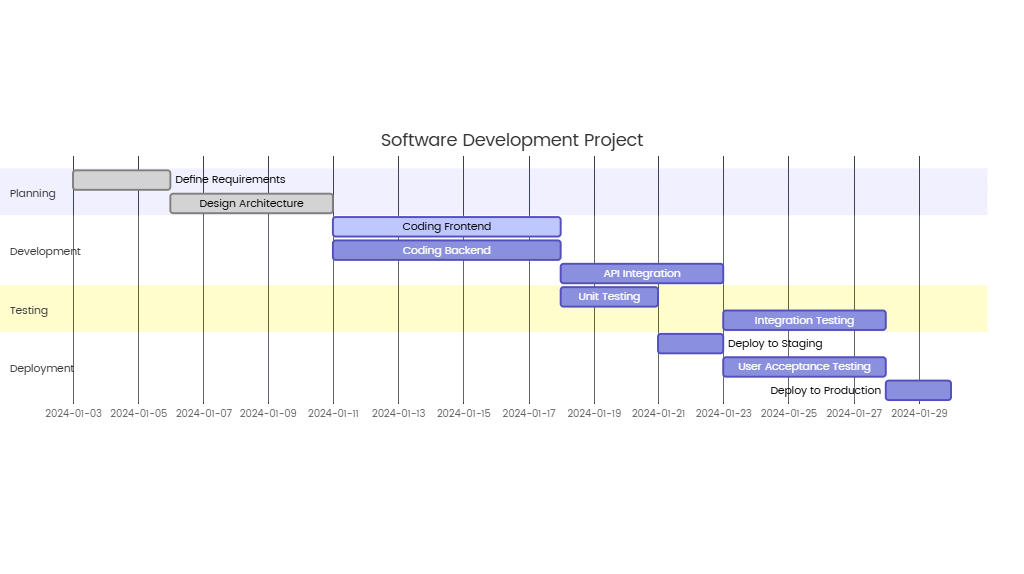Doughnut Chart
Here’s the English translation of the library collection categories with virtual numerical data based on the Chinese Library Classification (CLC) system
:
Library Collection Categories
Philosophy & Religion (B Class)
Virtual Holdings: 12,500 volumes
Examples:
Philosophy: Meditations by Marcus Aurelius
, A History of Western Philosophy by Bertrand Russell
.
Religion: An Introduction to Science and Religion by Alister McGrath
, The Varieties of Religious Experience by William James
.
Social Sciences (C-K Class)
Virtual Holdings: 38,000 volumes
Examples:
Sociology: The Weakness of Human Nature by Dale Carnegie
, Rural China by Fei Xiaotong
.
Economics/Politics: The Protestant Ethic and the Spirit of Capitalism by Max Weber
.
Natural Sciences (N-X Class)
Virtual Holdings: 45,000 volumes
Examples:
Physics/Chemistry: The Mathematical Principles of Natural Philosophy by Isaac Newton
.
Biology: On the Origin of Species by Charles Darwin
.
Environmental Science: Silent Spring by Rachel Carson
.
General Works (Z Class)
Virtual Holdings: 7,200 volumes
Examples:
Encyclopedias: Encyclopædia Britannica.
Bibliographies: Comprehensive Index of Scientific Literature
Description
The following describes the distribution of virtual holdings across library collection categories based on the Chinese Library Classification (CLC) system, presented as a doughnut chart with numerical data and representative examples:
Overview of Virtual Holdings Distribution
The doughnut chart illustrates the proportion of virtual volumes across four primary CLC categories, totaling 102,700 volumes. Key insights include:
Category (CLC Class)
Virtual Holdings
Percentage
Key Characteristics
Natural Sciences (N-X Class)
45,000 volumes
~43.8%
Largest segment, focusing on STEM disciplines.
Social Sciences (C-K Class)
38,000 volumes
~37.0%
Broad coverage of human behavior and societal systems.
Philosophy & Religion (B Class)
12,500 volumes
~12.2%
Thematic works on ethics, spirituality, and intellectual history.
General Works (Z Class)
7,200 volumes
~7.0%
Reference materials and interdisciplinary compilations.
Category Breakdown with Examples
1. Natural Sciences (N-X Class) – 45,000 volumes (43.8%)
- Focus: Physics, chemistry, biology, environmental science, and applied technologies.
- Key Works:
- The Mathematical Principles of Natural Philosophy by Isaac Newton (foundational physics).
- On the Origin of Species by Charles Darwin (biology).
- Silent Spring by Rachel Carson (environmental science).
- Significance: Dominates the collection, reflecting strong demand for scientific research and educational resources.
2. Social Sciences (C-K Class) – 38,000 volumes (37.0%)
- Focus: Sociology, economics, politics, education, and anthropology.
- Key Works:
- The Weakness of Human Nature by Dale Carnegie (sociology/self-help).
- Rural China by Fei Xiaotong (anthropology of Chinese society).
- The Protestant Ethic and the Spirit of Capitalism by Max Weber (economics/politics).
- Significance: Highlights the library’s commitment to social science research and contemporary policy studies.
3. Philosophy & Religion (B Class) – 12,500 volumes (12.2%)
- Focus: Classical philosophy, comparative religion, and modern ethical debates.
- Key Works:
- Meditations by Marcus Aurelius (Stoic philosophy).
- A History of Western Philosophy by Bertrand Russell (philosophical history).
- An Introduction to Science and Religion by Alister McGrath (interdisciplinary theology).
- The Varieties of Religious Experience by William James (religious psychology).
- Significance: Supports humanities research and cross-cultural dialogue.
4. General Works (Z Class) – 7,200 volumes (7.0%)
- Focus: Encyclopedias, bibliographies, and multidisciplinary compilations.
- Key Works:
- Encyclopædia Britannica (comprehensive knowledge).
- Comprehensive Index of Scientific Literature (research tool for cross-disciplinary studies).
- Significance: Serves as a foundational resource for broad-based learning and academic referencing.
Visual Representation (Doughnut Chart Key)
- Natural Sciences: Largest segment (dark green), representing ~43.8%.
- Social Sciences: Second-largest segment (blue), representing ~37.0%.
- Philosophy & Religion: Third segment (purple), representing ~12.2%.
- General Works: Smallest segment (yellow), representing ~7.0%.
This distribution reflects the library’s balanced focus on scientific inquiry, social science scholarship, humanistic thought, and reference resources, catering to diverse research and educational needs.

